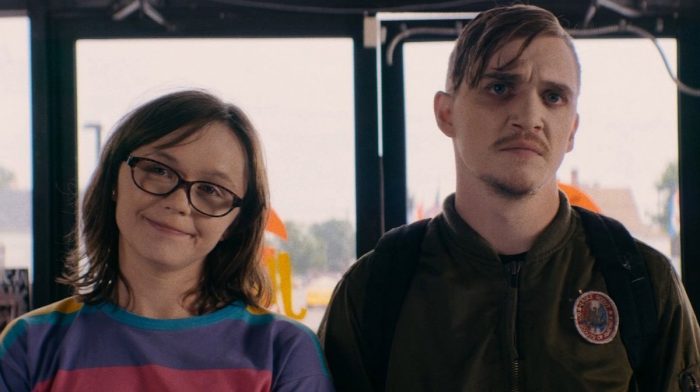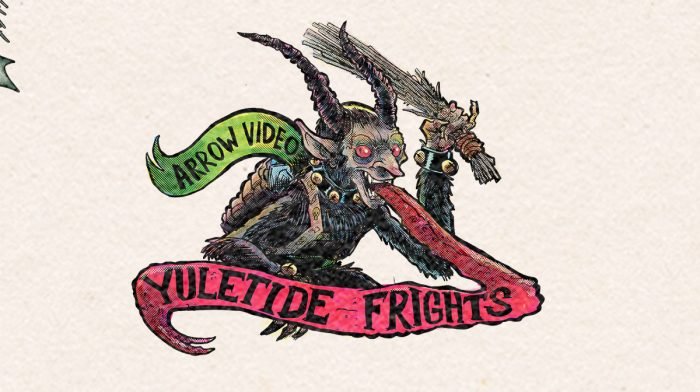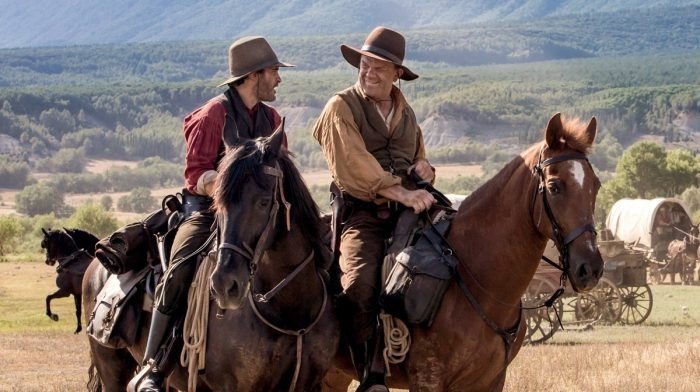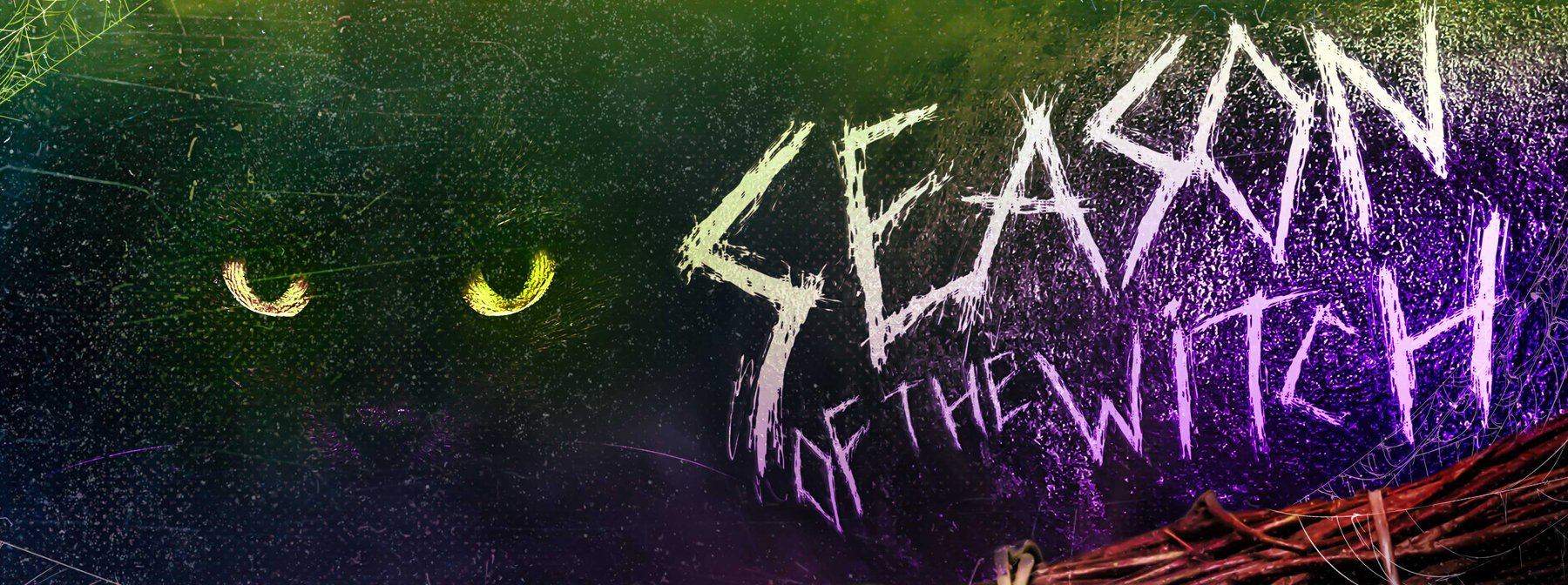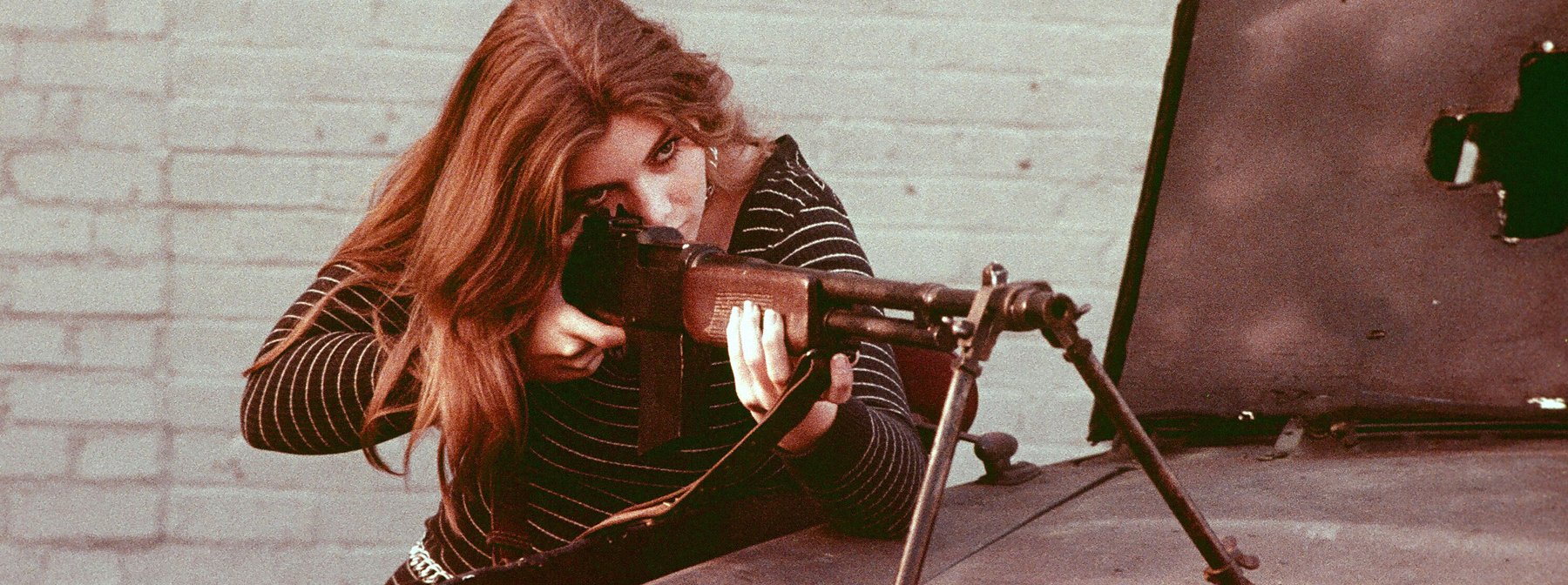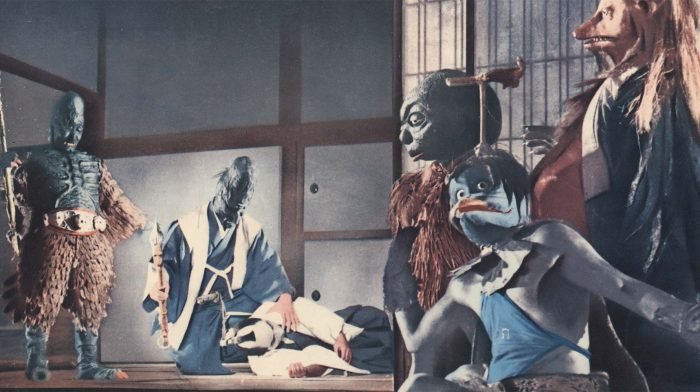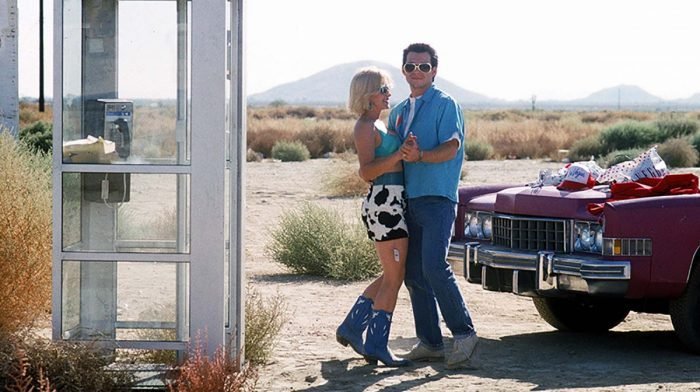One of the delights of Joe Dante’s filmography is how he reinvigorates genres while paying abundant homage. The Howling (1981) reinvents the werewolf by way of self-help gurus, all while lovingly referencing the Universal Wolf Man movies of the 1940s. Several 1950s monster-on-the-loose pictures blend with Looney Tunes antics to produce Gremlins (1984) and Gremlins 2: The New Batch (1990). Explorers (1985) similarly cherishes films like War of the Worlds (1953) and This Island Earth (1955) while asserting itself as a unique adventure story.
Matinee (1993) is arguably Dante’s perfect mix of something old informing something new. It’s an ode to the classic genre films he grew up watching, but it also looks to the future. Released in the UK on 18 June 1993, the film retains a unique magic all these years later.
The year is 1962. Gene (Simon Fenton) is a monster movie fan who lives with his mother and younger brother on an army base in Key West, Florida. Due to his father’s naval occupation, Gene has led a nomadic lifestyle, and monster movies have been a constant in an otherwise ever-changing upbringing. Slowly fitting in at a new school, Gene befriends Sandra (Lisa Jakub), an outspoken girl whose scepticism of duck-and-cover drills marks her as an outsider. Framing their burgeoning relationship are two things: the arrival of a new monster movie in town, directed by master showman Lawrence Woolsey (John Goodman), and the looming Cuban Missile Crisis.
John Goodman’s Lawrence Woolsey steals the whole film. He’s charming and warm with a mischievous streak. He’s also a deliberate William Castle imitation. Castle, the producer-director behind such horror hits as House on Haunted Hill (1958), The Tingler (1959), 13 Ghosts (1960), and Mr. Sardonicus (1961), gave audiences more than just the film on the screen. His crowd-pleasing gimmicks included colour-tinted scenes to be viewed through special glasses, glow-in-the-dark skeletons flying over the audience on wires, and buzzers in seats – all complemented by sensational names like “Emergo”, “Percepto”, and “Illusion-O”.
Lawrence Woolsey uses many of the same gimmicks in Matinee when showing his latest film, MANT! (half-man, half-ant, all terror), with patented tricks like “Rumble-Rama”. But Woolsey also evokes several other horror moguls of the era, notably Samuel Z. Arkoff and James H. Nicholson of American International Pictures (AIP). After all, the “Woolsey International” logo is a perfect mirror of AIP’s 1960s look, complete with the same typography and design.
That affection for classic genre movies forms the core of the film’s DNA, evident in Woolsey’s MANT!, which is completely authentic in its recreation of 1950s science fiction. It sends up elements of the canon like clunky scientific exposition (see 1957’s Beginning of the End for several examples), but it also celebrates their often-impressive special effects via the astonishing titular Mant – courtesy of Rick Baker. With newly recorded soundtracks from Universal’s 1950s monster library (from composers like Herman Stein, Henry Mancini, and William Lava), MANT! is entirely earnest, poking fun but never looking down on its source material.
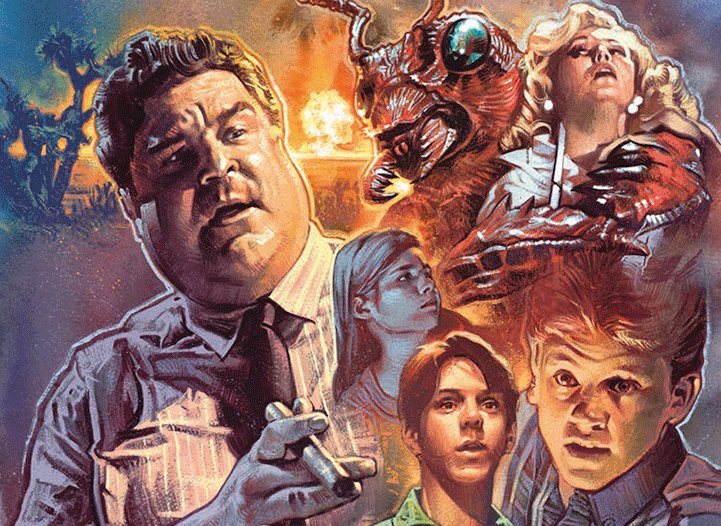
The gregarious movie producer Lawrence Woolsey (John Goodman) finds a great opportunity to promote his monster film Mant!
Of course, as Dante himself admits, the actual American monster cycle had essentially dried up by the early 1960s, making MANT! something of an outlier. Nevertheless, it still works because the shadow of the Cuban Missile Crisis reveals what’s really at play. Matinee is a film about growing up, facing fears, and seeing them for what they are. The Cuban Missile Crisis is a broad stand-in for transitional turmoil in the lives of the young characters. Gene has moved to a new town and is venturing beyond his monster movie obsession. Sandra is similarly struggling to assert herself against the conservative ignorance of those around her. Both Gene and Sandra navigate teen romance together.
All these things are terrifying for a teenager, but necessary for growth and emotional development. The Cuban Missile Crisis, as one gigantic point of existential panic for everyone involved, is cleverly used to signal both broad and intimately personal fears about what tomorrow holds.
Indeed, the setting is ingenious because it serves a narrative purpose beyond Dante’s loving recollection of contemporary pop culture. To that end, Matinee arguably finds kinship with the likes of Prano Bailey-Bond’s Censor (2021). Much like Matinee’s use of the Cuban Missile Crisis, Censor employs the 1980s video-nasties era for its storytelling. It recognises what that era meant (i.e., the British government ascribing social ills to video tapes and then trying to legislate the problem away) and uses it to serve the journey of its central character. In turn, both Matinee and Censor feel more satisfying in their many cine-literate references because they’re doing more than just winking at the audience. They both take very real histories, recognise what they meant, and use that meaning for their characters. So, all the elements that litter Matinee’s background feel purposeful, from classic horror posters to copies of Famous Monsters of Filmland magazine – all personal items owned by Dante himself.
Putting aside such framing devices, the Cuban Missile Crisis is still the Cuban Missile Crisis. It’s a cultural touchstone for a generation, not least Dante himself, who experienced it at the same age as the kids in the film. Dante recalled, “I can’t stress enough how much you probably can’t conceive of what it’s like to actually think that the world is gonna end.” In turn, 30 years on, Matinee still resonates today. Without sounding morbid on one hand or flippant on the other, the ongoing pandemic and the renewed threat of nuclear war form a similar kind of existential nightmare. We’re all still trying to get by, living through the unprecedented – a bit like the kids in Matinee.
During the film, Woolsey and Gene talk about the social function of horror movies, how they build up our fear and then release it, making us stronger. Woolsey mentions how some people look away or cover their eyes during the scary parts. And at the film’s end, Woolsey comes back to that idea, reminding Gene to keep his eyes open. The Cuban Missile Crisis, both as a plot device and a real event, reminds us that tomorrow is never assured. This is affirmed by the image of a military helicopter that closes the film, hinting at the developing Vietnam War. There will always be another event, another existential panic. But by keeping our eyes open, we might just make it through.

